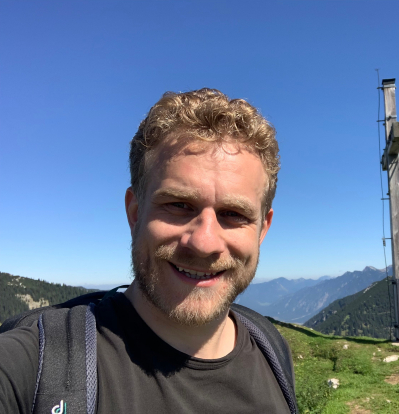Create modern, scalable and high-speed Web Applications with Angular (formerly named Angular 2, now just "Angular") and Node.js + Express + MongoDB.
Angular 1 and NodeJS, together with ExpressJS (a NodeJS Framework) and MongoDB formed the very popular MEAN stack. Now is the time to dive into MEAN 2.0 and replace Angular 1 with Angular 2+.
Benefit from the many improvements and advantages Angular offers you: Speed, ease of development, highly reactive, awesome support for asynchronous operations, great scalability and more!
And combine these advantages with the power of a NodeJS + Express + MongoDB backend!
Learn or refresh the Angular basics!
This course is no Angular course, but it includes detailed explanations of the core concepts used as well as about Angular in general. However, keep in mind that, as this course is no Angular course, having additional resources like my "Angular - The Complete Guide" course is recommended.
In this course, I (Maximilian), an experienced web developer as well as author of many top-rated courses and host of the "Academind" coding channel on YouTube, will take you on a hands-on journey to get you to build your own Angular + NodeJS applications in no time.
This course follows a hands-on approach, which means that the whole course is structured around one big application and the different concepts will be explained detailedly as they are introduced in this application.
Specifically, you will learn how to:
- Set up a NodeJS + Express + MongoDB + Angular Application with the help of the Angular CLI
- Use NodeJS and Express efficiently
- Build reusable Components in Angular and create a reactive User Experience with the Tools provided by Angular
- Connect your NodeJS (or any other language!) backend with your Angular App through Angular’s HttpClient service
- Provide appropriate endpoints on your Backend, for your Frontend to consume
- Add advanced features like file upload and pagination
- Make your Application more secure by implementing Users, Authentication as well as Authorization
- Handle Errors gracefully
- And much more...!
This hands-on concept allows you to not get stuck in the theory, but instantly see real implementation examples!
Don’t stop at the basics!
Do you know those courses which show you a "Hello World“ example and then call it an end? That won’t happen to you in this course. While beginning with a very basic app and basic features, you will quickly be able to incorporate many different features like Routes, Observables, Events, Authentication and Authorization, Error Handling and much more into your applications.
The best thing is: You’ll learn all that by putting it into practice immediately! No wall of powerpoint slides, no unrealistic mini-examples – this is the real deal!
